FuzzyWendigo
gamer level 3
986 xp
986 xp
followers
7
7
Use my invite URL to register (this will give me kudos)
https://boardgaming.com/register/?invited_by=fuzzywendigo
profile badges



...
recent achievements

I'm Gettin' the Hang of It
Claim that you have played a game today by clicking the "Played Today!" button on a game page 10 times.
Claim that you have played a game today by clicking the "Played Today!" button on a game page 10 times.

Pick a Favorite LGS
Go to the Store Locator page, find your favorite local game store (LGS) and click on the Favorite button.
Go to the Store Locator page, find your favorite local game store (LGS) and click on the Favorite button.

Rated 10 Games
Rate 10 games you have played.
Rate 10 games you have played.

Critic - Level 2
Earn Critic XP to level up by completing Critic Quests!
Earn Critic XP to level up by completing Critic Quests!
Player Stats
Critic (lvl 2)
310 xp
310 xp
Explorer (lvl 1)
256 xp
256 xp
Professor (lvl 1)
109 xp
109 xp
Reporter (lvl 1)
192 xp
192 xp
About Me
I just got a game group started. In the past, I used all about roleplaying games, but time is so short these days I'm happy with games you can finish in a single sitting...at least for now, anyway.






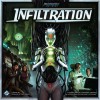









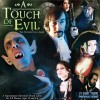









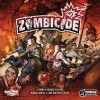





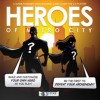


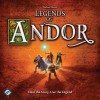
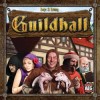


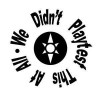


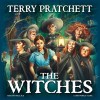


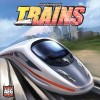






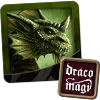

We Didn't Playtest This At All
Remember rock paper scissors? How about Simon says?
This quick little filler game basically squeezes the concepts of these games into a card based format. We played this while waiting for pizza to arrive, and this was a great way to pass the 30 minutes.
The gameplay is seriously very simple. Everyone gets two cards. You pick one, and play it by reading the text and making sure you follow the instructions. Most instructions are ridiculous. “Put your hand on the shoulder of the person to the right of you. “Until your next turn, speak like Batman” or “begin everything you say with herp and end it with derp”. If you fail to follow these silly instructions, you usually lose.
There are also cards that require you to either hold up a number of fingers or play rock paper scissors. The twist is that if someone is holding up the wrong number or gesture, they lose. You can wipe out half the table with that kind of thing. In my experience, these cards aren’t as fun because it is essentially a gamble to guess the right thing. The first time it is cool, but after that its just annoying.
There are also cards that can make you automatically win or lose the game. This sounds game breaking…but if you play the game you will realize it is not. I don’t want to give away surprises, but win cards don’t always translate into solid wins.
The cards themselves aren’t fancy, but they really don’t need to be. They have a basic text-based aesthetic that resembles Cards Against Humanity (but without the crude, vulgar kind of humor).
The biggest issue I have is someone usually doesn’t enjoy the game because they get eliminated immediately. As in before they even get their turn. There are other filler games that aren’t quite so brutal and unforgiving on first time players. That being said, it does make people laugh because you get to watch your buds make laughingstocks of themselves, and that makes even ****** experiences all the better.